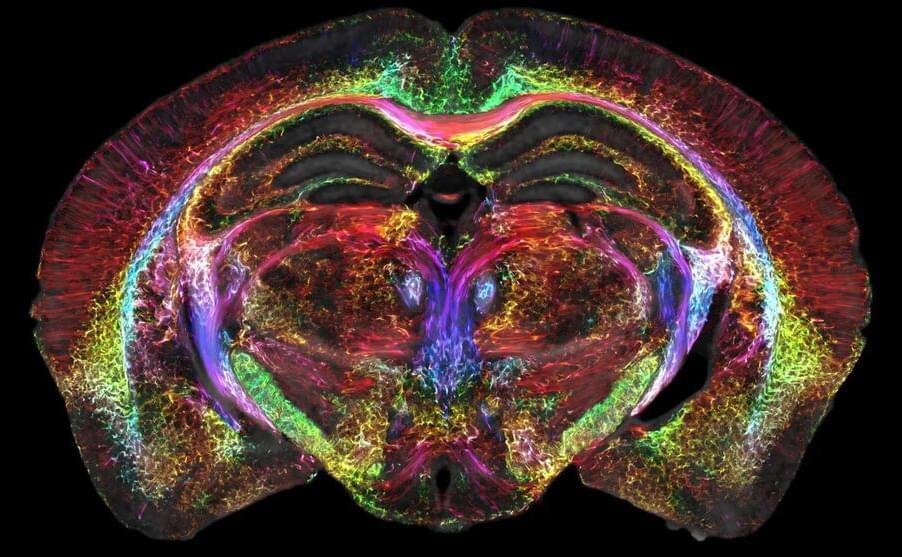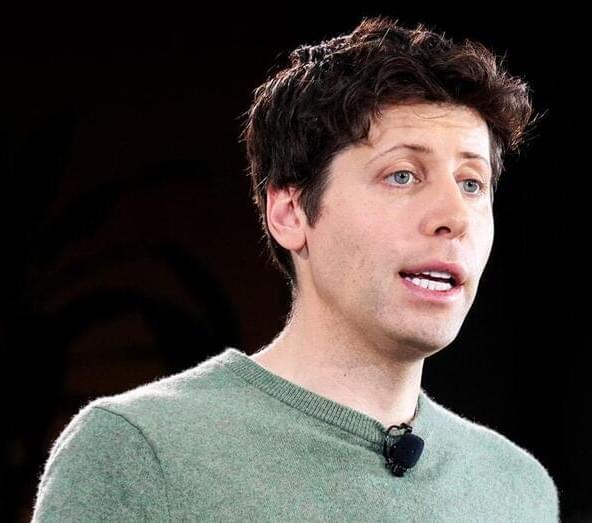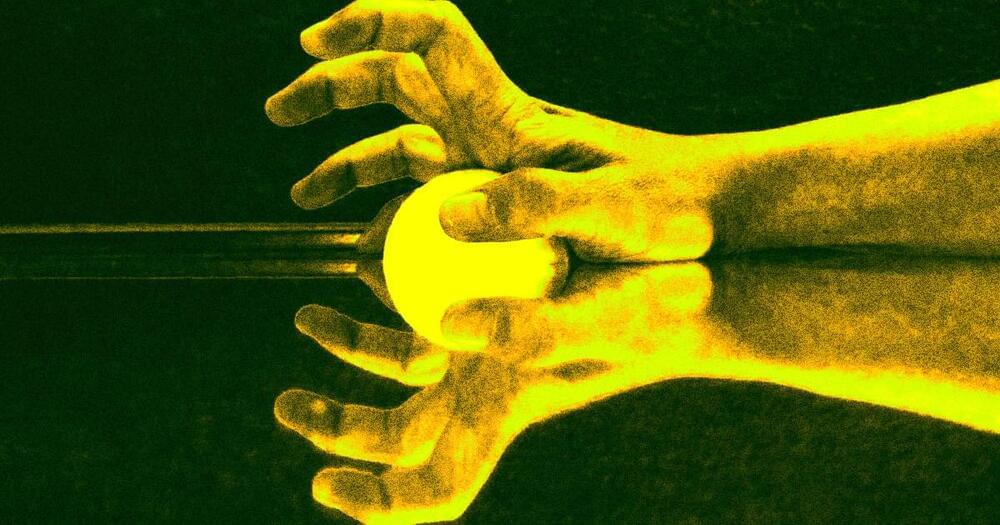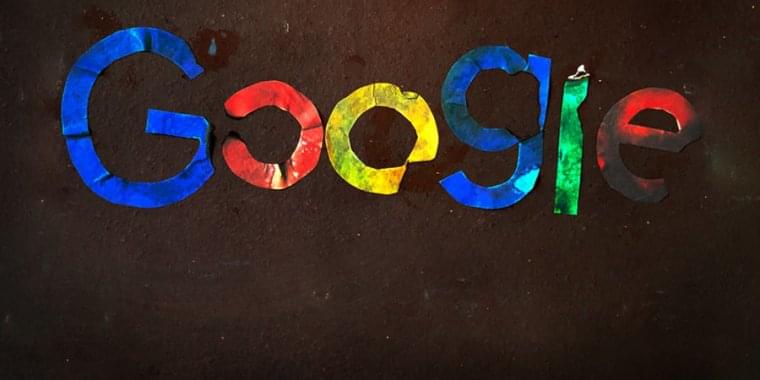Despite the impressive recent progress in AI capabilities, there are reasons why AI may be incapable of possessing a full “general intelligence”. And although AI will continue to transform the workplace, some important jobs will remain outside the reach of AI. In other words, the Economic Singularity may not happen, and AGI may be impossible.
These are views defended by our guest in this episode, Kenneth Cukier, the Deputy Executive Editor of The Economist newspaper.
For the past decade, Kenn was the host of its weekly tech podcast Babbage. He is co-author of the 2013 book “Big Data”, a New York Times best-seller that has been translated into over 20 languages. He is a regular commentator in the media, and a popular keynote speaker, from TED to the World Economic Forum.








